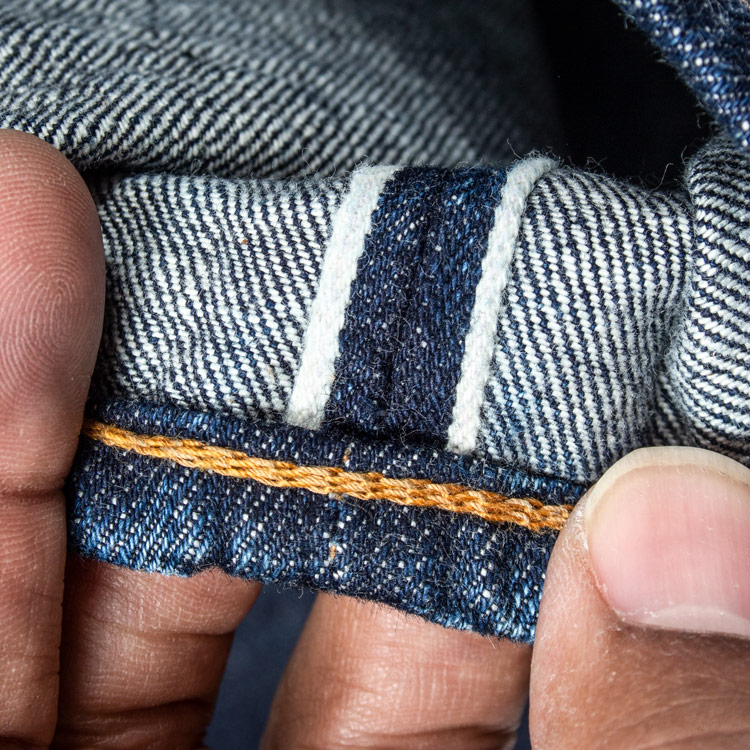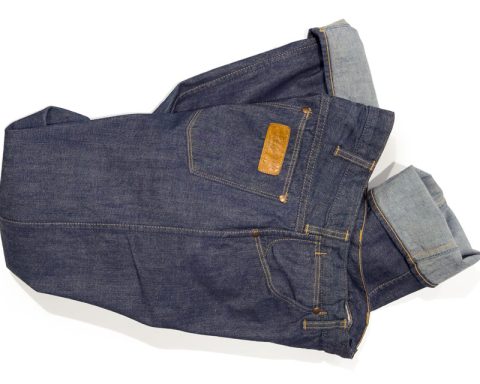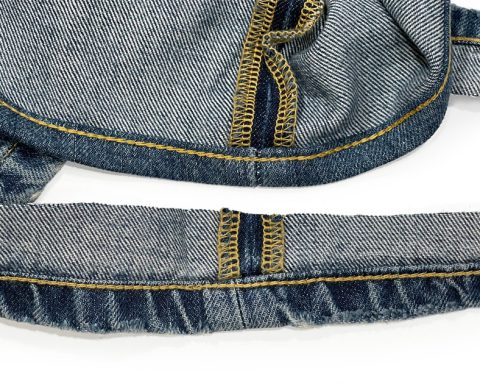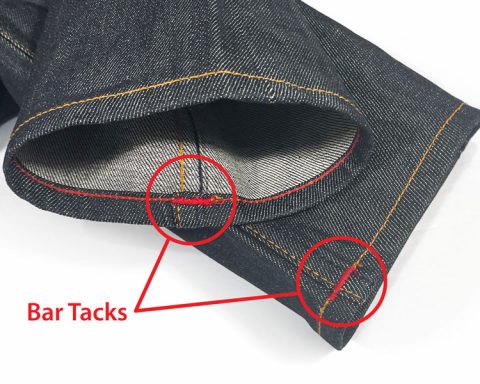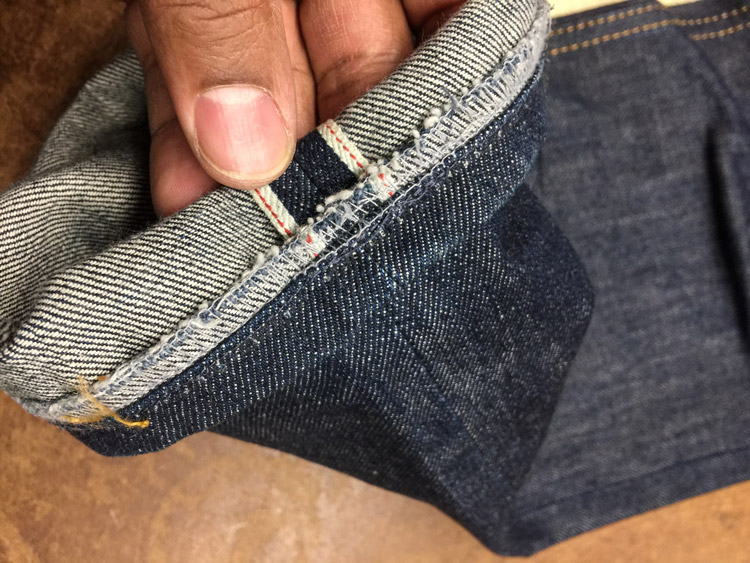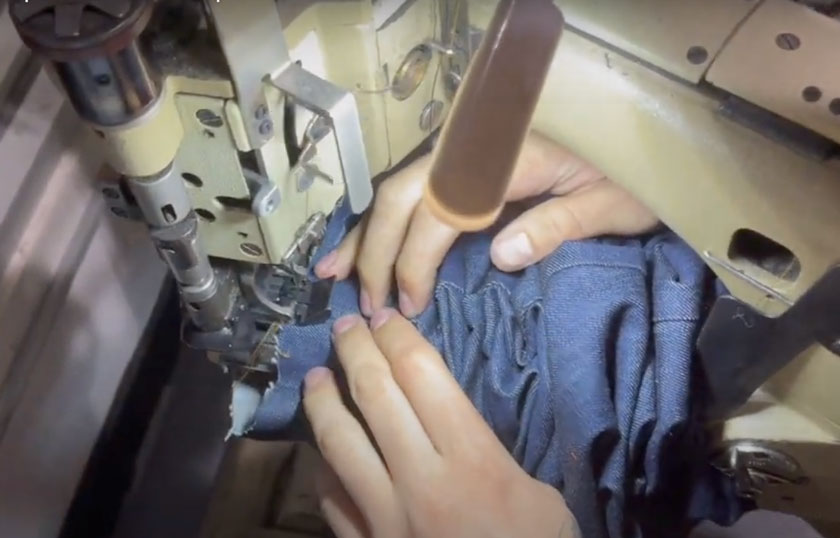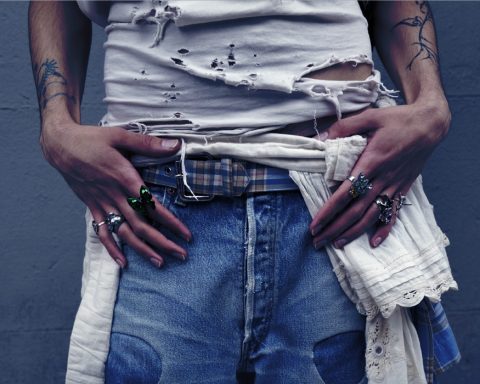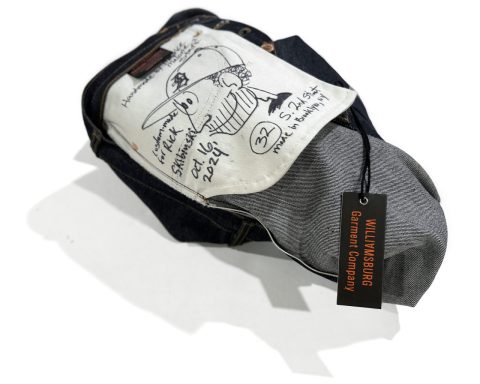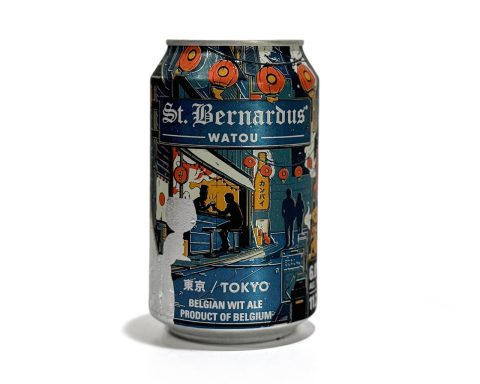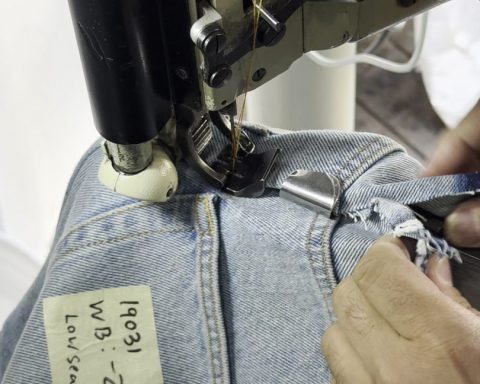Chain stitching is a type of stitch produced by a sewing or embroidery machine. The name chain stitch comes from its looped chain-link-like appearance. In sewing, a chain stitch has a single stitch line on the top side and a looped chain-like stitch on the bottom side.
Single, double, and triple-needle chain stitching is popular in denim clothing and similarly constructed garments. It is usually found on high-stress seams which often incur stretchings such as the center seat seams, yokes, panel seams, inseams, and waistbands. The triple-needle is more often used in workwear.
Tension in the stitch pulls the fabric into a slight pucker, allowing a bit of stretching. A favorite in garment manufacturing because it provides a strong durable stitch that can easily be undone if needed. The tension creates a decorative puckering effect which is especially visible on denim seams and hems, as the fabric shows signs of aging, washing, and wear.
What is hemming?
Hemming is the sewing process of shortening the length or finishing the bottom edge on a pair of jeans or pants. Hemming uses a method of double folding into itself the raw fabric edge of the leg openings to make a clean smooth edge.
What is chain stitch hemming?
Chain stitch hemming is when a pair of jeans or pants are hemmed with a chain stitch sewing machine. The hem of most jeans is traditionally sewn with chain stitching about 1/2″ above the bottom edge. Some makers choose to make the height of the hem taller or shorter as a choice of design aesthetic. The below photo is an example of a chain-stitched hem with a traditional-sized hem.
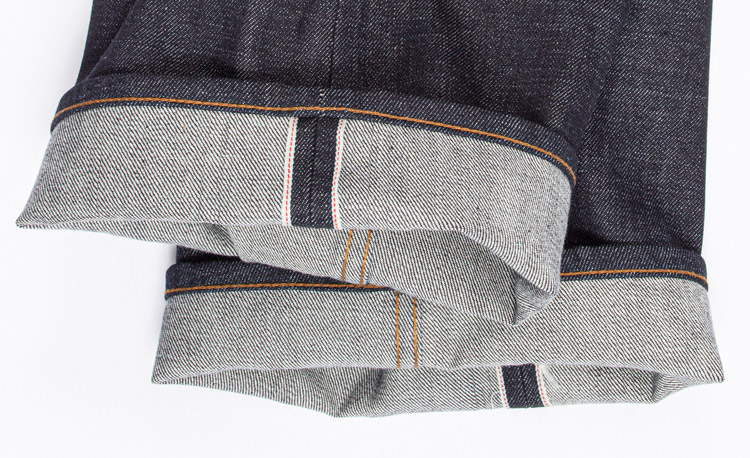
Why are some jeans made with a regular stitch at the hem?
We see jeans without chain stitching predominantly in the work of novice denim brands or designers inexperienced in the category of denim. However, being a neophyte is not the rule as seen on the below hem of Levi’s jeans. Even the biggest most celebrated brands sometimes use factories accustomed to producing low-end / discount denim and commonly disregard chain stitching if not a design decision.
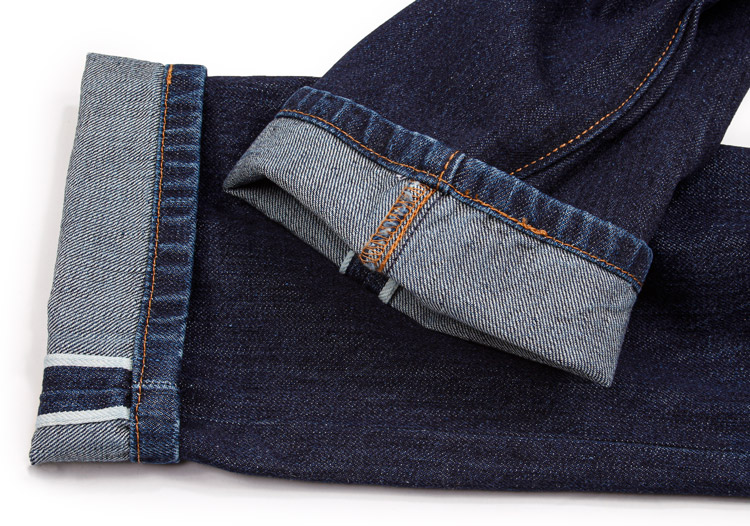
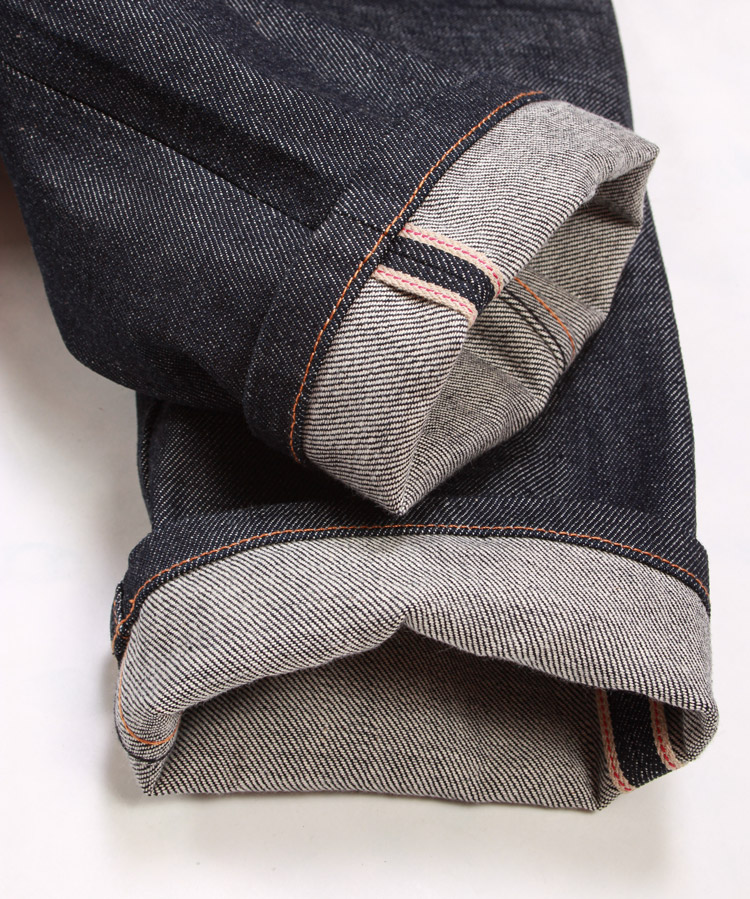
To be clear, we don’t know why any brand would purposely choose to use a regular stitch at the hem, especially if they are well-established denim brands, however, some are known to do so. Take A.P.C. for example, which is a major French brand that has a generally well-educated denim customer base and has been pretty successful in making jeans for a long time. They purposely choose to go with a hem fold that is larger than most jeans, plus use a single needle stitch (trouser styled). This is obviously an aesthetic choice.
That said, customers that send us A.P.C. jeans for hemming or tapering, almost always request traditional chain stitching and hem size. Very rarely do our alteration customers request trouser-styled hem construction, which may be an insight into the thinking of U.S. enthusiasts.

